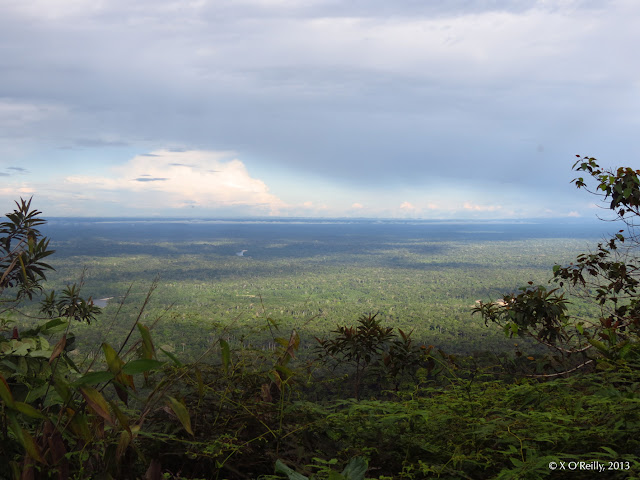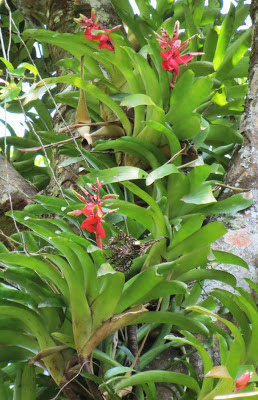No significant difference.

Often in science, researchers fear their results will not be statistically significant. People are afraid of 'negative' answers. I've always found this rather bizarre, because an answer is an answer, be it yes or no. Especially in science, a negative answer is just as important as an affirmative one – it's not the same as if the question hadn't been investigated in the first place. Anyway, to stop myself before I ramble any further (before I am tempted to write an essay on great answers born from non-significant results)... I was actually glad to find that the results from my research in Payamino over the past year did not yield any statistically significant differences. Analyses of my field work data did not reveal any significant differences in mammal diversity between primary and secondary rainforest samples. I shall post about the results and conclusions at greater length some time, but for now I will just say what the results of this relatively small-scale st...















